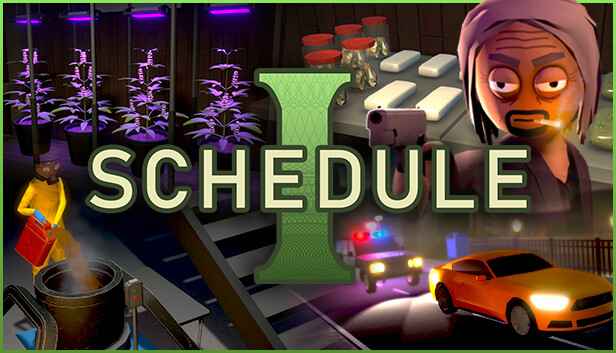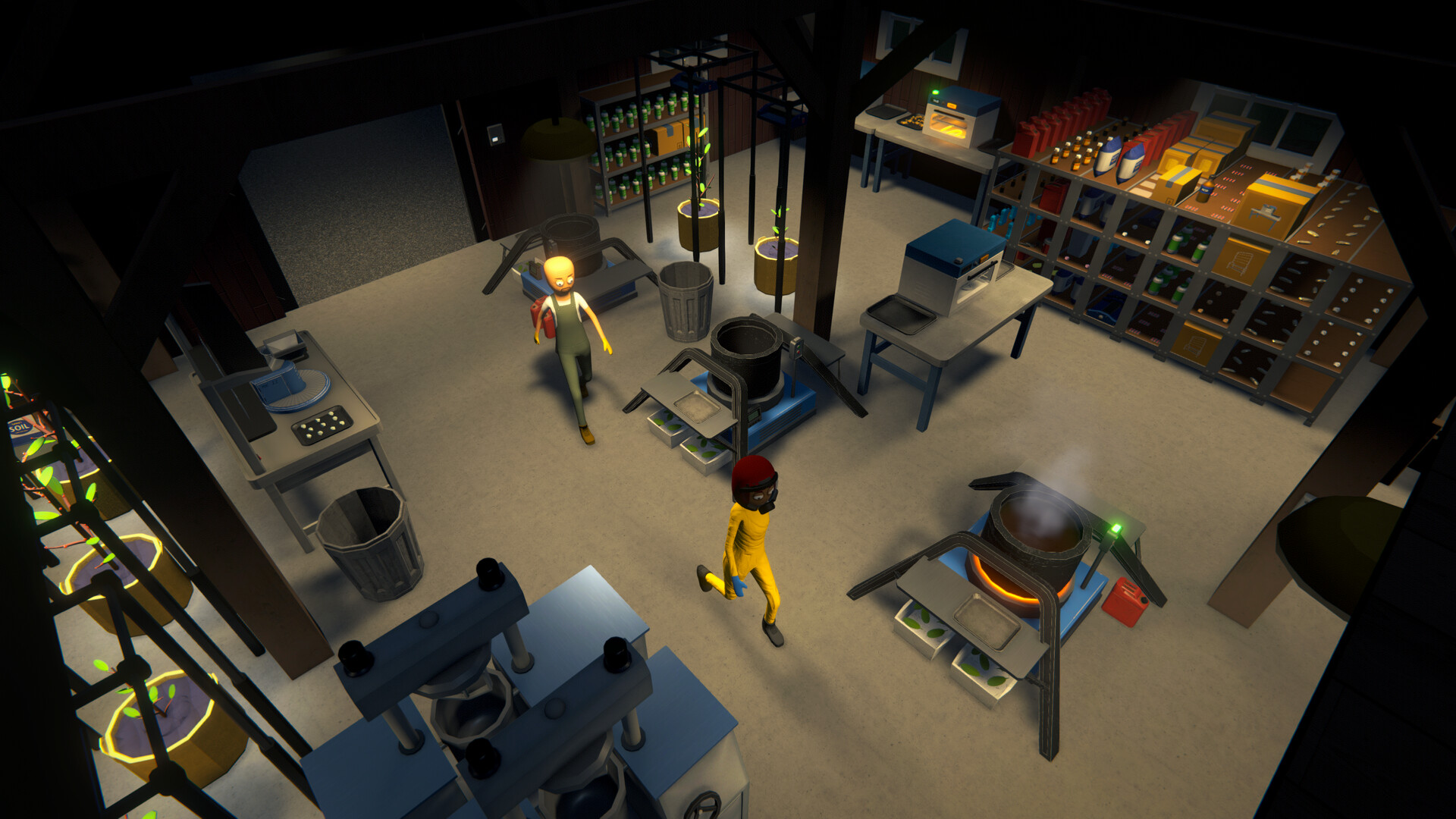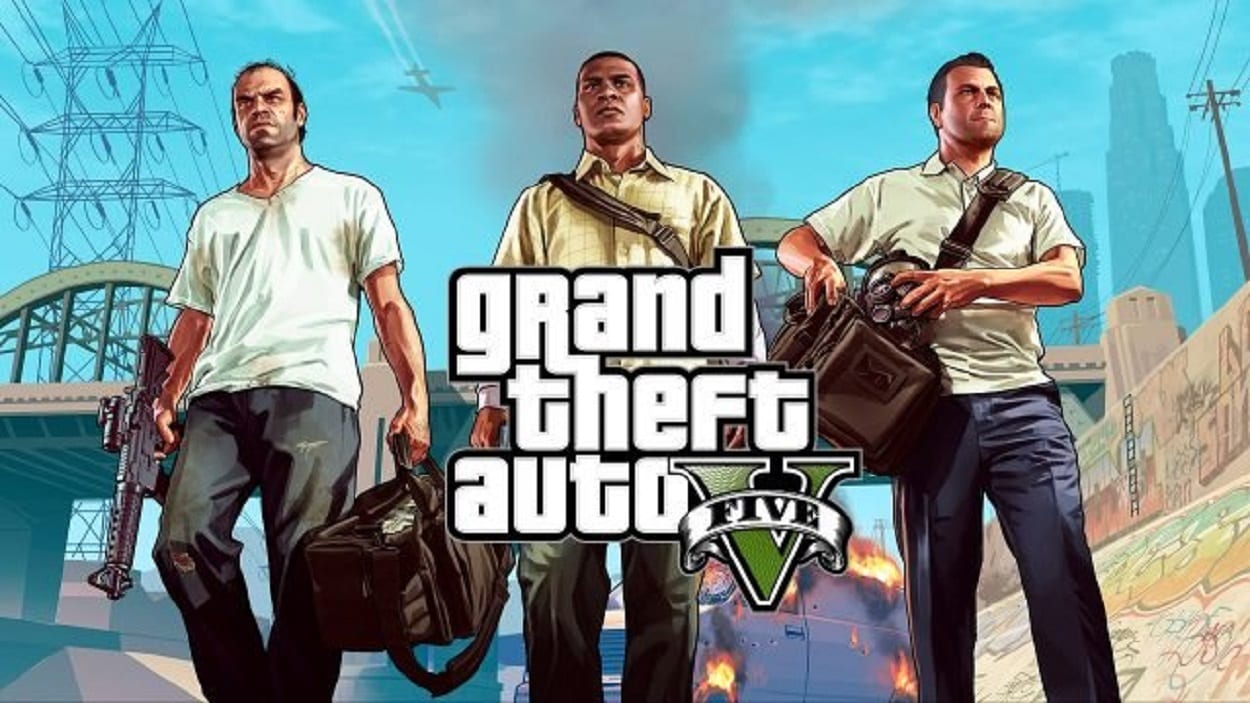Popular Now
Introduction
The term Schedule I holds immense weight in the legal and medical communities. Under the Controlled Substances Act (CSA) of the United States, it refers to the most heavily restricted group of drugs and substances. Despite their strict classification, many Schedule I substances are at the center of modern scientific and medical debates. This article explains what Schedule I means, how drugs are placed there, and why this classification is both controversial and consequential.
1. What Is Schedule I?
Schedule I is the highest classification of controlled substances under the CSA, indicating:
-
A high potential for abuse
-
No currently accepted medical use in the United States
-
Lack of accepted safety for use under medical supervision
Because of these factors, Schedule I substances are illegal to manufacture, possess, or distribute except for approved research purposes under strict government regulation.

2. Examples of Schedule I Drugs
Some well-known Schedule I drugs include:
-
Heroin
-
LSD (acid)
-
MDMA (Ecstasy)
-
Psilocybin (from magic mushrooms)
-
Cannabis (federally)
-
Bath salts
-
Synthetic cannabinoids
Despite potential therapeutic uses, these substances remain in Schedule I, meaning they are classified alongside drugs considered highly dangerous and addictive.
3. How Are Substances Placed in Schedule I?
The DEA (Drug Enforcement Administration) works in coordination with the FDA (Food and Drug Administration) to classify substances.
To be placed in Schedule I, a substance must:
-
Have no accepted medical use in the U.S.
-
Show a high potential for misuse or dependence
-
Be deemed unsafe even under medical supervision
This process is often criticized for being overly conservative and not reflective of current medical research.
4. Legal Implications of Schedule I Classification
Being classified as a Schedule I drug has wide-reaching legal effects:
-
Possession is illegal under federal law
-
Trafficking or distribution carries severe prison sentences
-
Medical prescriptions are forbidden
-
Scientific research requires DEA registration and extensive oversight
Even if a substance is decriminalized or legal in some states, its federal Schedule I status can lead to legal conflict.
5. Research Restrictions and Scientific Barriers
Conducting research on Schedule I substances is notoriously difficult. Scientists face:
-
Delays in acquiring DEA permits
-
Difficulty sourcing pure compounds
-
Intense oversight and monitoring
These hurdles slow down medical innovation. For example, MDMA and psilocybin are showing great promise in clinical trials for PTSD and depression, but are still federally restricted.
6. The Cannabis Controversy
Cannabis is arguably the most controversial Schedule I drug. Although it is legal for medicinal or recreational use in many U.S. states, it remains federally illegal.
This discrepancy causes:
-
Banking issues for cannabis businesses
-
Denial of federal research funding
-
Arrests and legal consequences in federal jurisdictions
Many scientists, doctors, and policymakers argue that cannabis should be rescheduled or removed entirely from the CSA.
7. International Perspectives on Schedule I
The U.S. isn’t the only country with controlled substance scheduling, but its Schedule I classification often contradicts global trends.
For instance:
-
Canada legalized cannabis nationally
-
The Netherlands tolerates magic mushrooms
-
Portugal decriminalized all drugs for personal use
These countries emphasize harm reduction and medical access over criminalization, making the U.S. system seem outdated by comparison.

8. Public Opinion and Shifting Policies
Public sentiment in the U.S. has shifted dramatically over the last two decades:
-
Over 65% of Americans support legal marijuana
-
Psychedelics are being viewed more positively for mental health treatment
-
Voters in cities like Denver, Oakland, and Washington D.C. have decriminalized psilocybin
This growing support is fueling efforts to reschedule or deschedule certain drugs, especially those with promising therapeutic potential.
9. Reform Movements and Legal Challenges
Several reform efforts are currently underway to revise Schedule I classifications:
-
The Multidisciplinary Association for Psychedelic Studies (MAPS) is researching MDMA for PTSD
-
The FDA has granted “Breakthrough Therapy” status to psilocybin and MDMA
-
Lawmakers are proposing bills to reschedule cannabis to allow medical research and taxation
In 2024, the Department of Health and Human Services (HHS) officially recommended moving cannabis to Schedule III, a major policy shift.
10. Why Schedule I Still Matters Today
Despite the rise of state-level legalization and progressive science, Schedule I classification continues to shape U.S. drug policy, criminal justice, and healthcare.
It:
-
Limits access to promising therapies
-
Prevents fair research opportunities
-
Creates conflict between federal and state law
-
Affects thousands of lives through incarceration and legal consequences
Understanding the legal, social, and scientific effects of Schedule I is essential for anyone interested in public health, criminal reform, or evidence-based medicine.
Conclusion
Schedule I is a powerful and controversial classification that has far-reaching impacts on healthcare, justice, and science. While it was designed to protect the public, many experts believe it now stands in the way of progress. As public opinion continues to evolve, so too may the laws and classifications that shape our access to medicine and understanding of substance use.


















